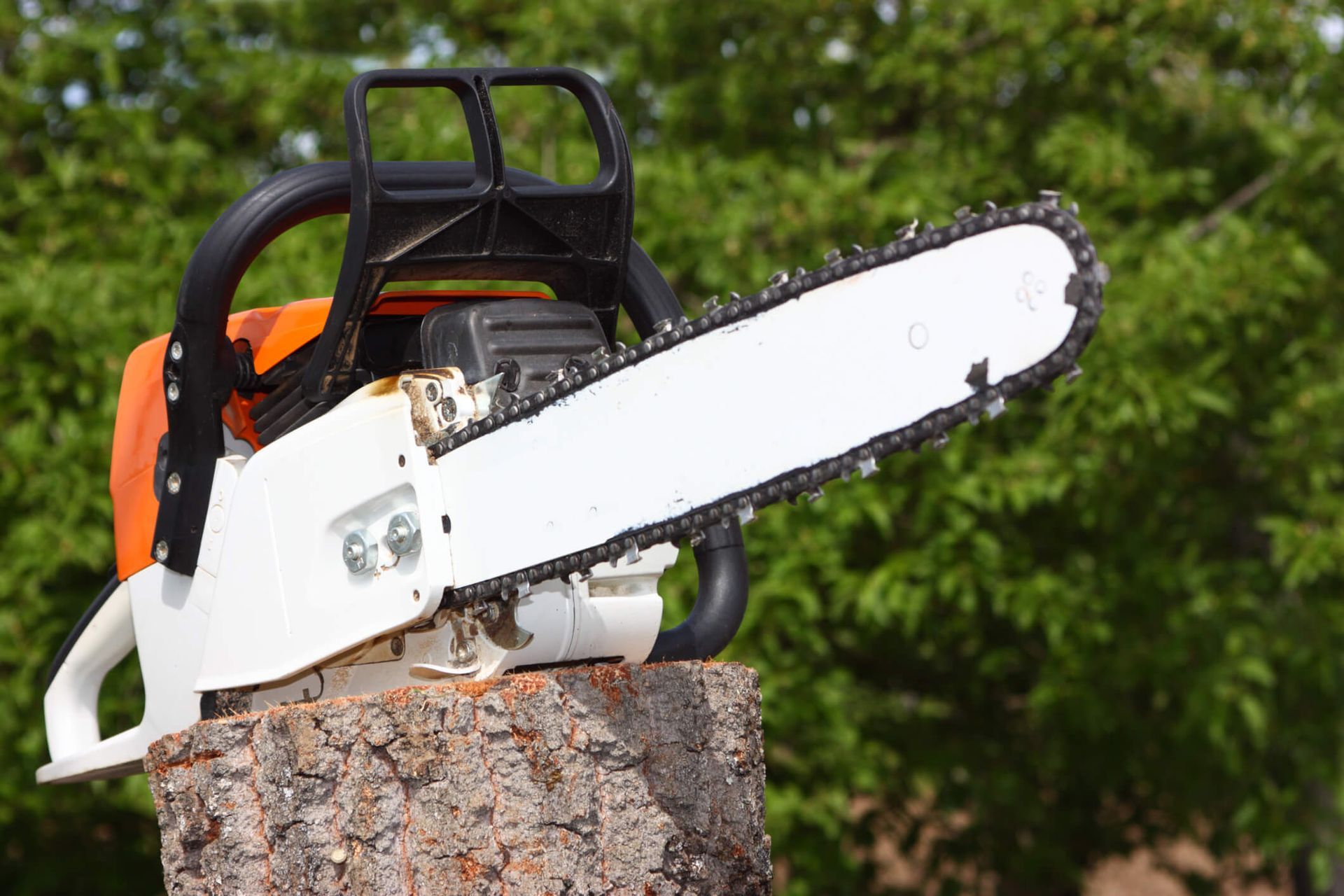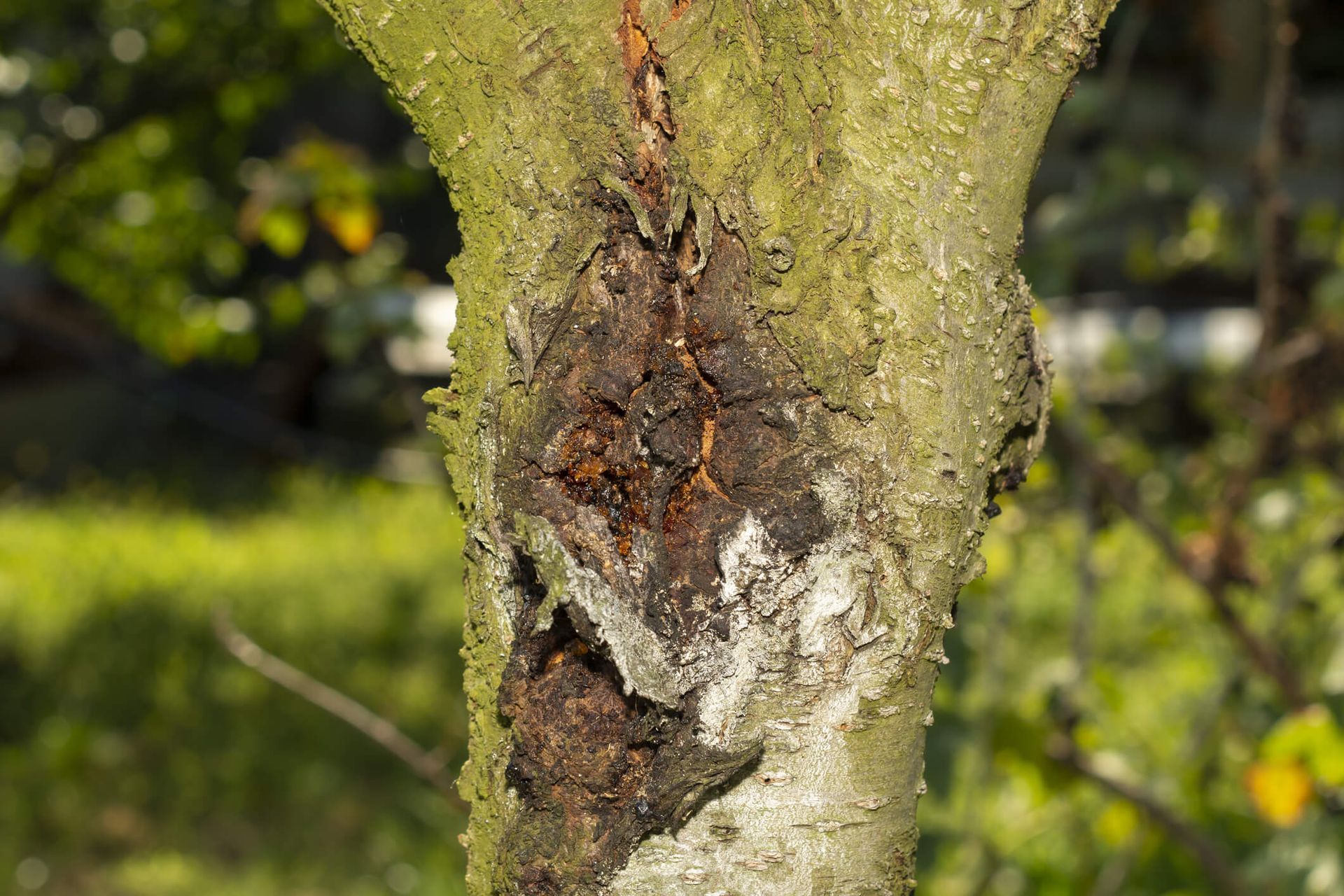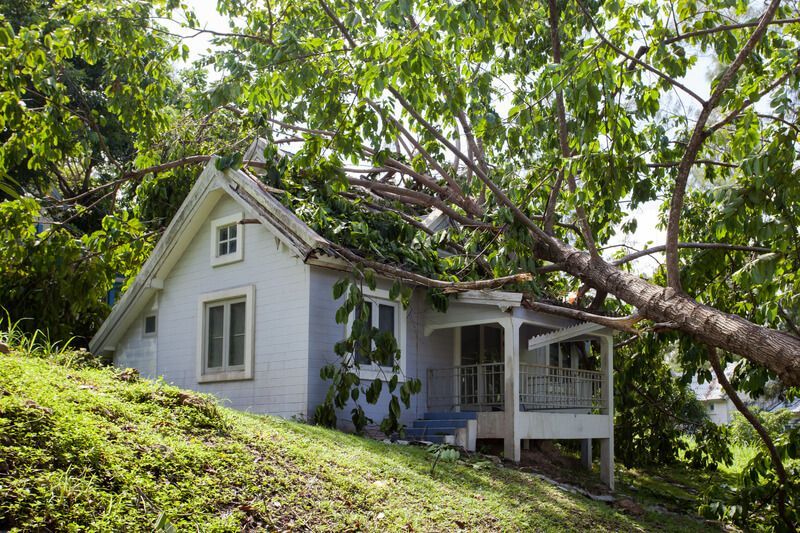Important Chainsaw Safety Tips for Homeowners Before Cutting Trees
Using a chainsaw to manage trees and wood around your property can be an efficient and rewarding task, but proper care and inspection of your equipment are critical before starting. Chainsaws are powerful tools that pose serious risks if not handled correctly, and even a slight lapse in attention can lead to injury. Understanding the correct procedure for checking the saw, including the bar, chain, throttle, and handles, ensures you have the information needed to operate safely. Regular inspection and maintenance reduce the risk of accidents and extend the life of your chainsaw.
Equally important is preparing for emergencies and knowing how to respond. Every homeowner should have a straightforward emergency procedure in place, including first aid steps and quick access to help in the event of an emergency. Proper training on how to handle the saw, combined with the correct type of personal protective equipment, helps prevent injuries from kickback, falling branches, or slips on uneven ground. By integrating careful inspection, proper handling, and emergency awareness, you create a foundation of safety for every chainsaw job.
Choose the Right Chainsaw and Equipment for the Job
Selecting the appropriate chainsaw for your tree work is the first step in ensuring safety. Chainsaws come in various types, sizes, and engine powers, giving homeowners options to match their specific needs. For example, a mid-sized chainsaw with a guide bar length suited to your trees is usually sufficient. Constantly scrutinize the tool, checking chain tension, blade sharpness, and the functionality of safety features such as the chain brake, throttle lock, and chain catcher. Use caution when handling the saw, and always maintain control of the blade at the correct angle during cuts.
Proper safety equipment goes beyond the saw itself. Every person operating a chainsaw should wear full PPE, including a hat or helmet, safety glasses or a face shield, gloves, chaps, earplugs, and steel-toed boots to protect hands and feet from flying debris and accidental cuts. Using leather or reinforced clothing provides additional protection during limbing and cutting operations, while keeping someone nearby aware of your work area further reduces risk. Choosing the right products and using the proper safety gear ensures every chainsaw job can be completed safely and efficiently.
Inspect the Work Area and Prepare for Hazards
Before starting a chainsaw job, assess the ground and the surrounding area. Remove obstacles such as rocks, debris, and low branches that could interfere with foot or chainsaw operation. Mark a clear path for movement and an escape in case the tree or branches fall unpredictably. Understanding the dangers of different areas and planning your positions gives the owner an advantage in avoiding accidents.
Be mindful of nearby power lines, vehicles, structures, and others. Never allow anyone to enter the work zone during cutting operations, and maintain constant awareness of your surroundings at all times. Additionally, review the manufacturer's and publication information for the specific chainsaw you need. Proper knowledge of potential face-cut hazards, tree movement, and safe working procedures helps reduce risk and ensure a safe operation.
Maintain Chainsaw Functionality and Safety Features
Regular maintenance is essential for safe chainsaw use. Inspect the bar, chain, chain tension, chain catcher, chain brake, throttle, and muffler before each use, paying attention to every piece and figure of the saw. Proper lubrication with bar and chain oil ensures smooth operation and prevents overheating. Additionally, checking the wedge, nose, and bottom of the guide bar can help prevent unexpected kickback.
Follow the manufacturer's manual for fuel storage, engine maintenance, and replacement of worn parts. A sharp, well-tensioned chain reduces the risk of kickback and improves control over cuts, helping to protect your legs and eyes during work. Avoid cutting with a dull chain, as it increases the force needed and the potential for accidents. In situations involving a large amount of debris or multiple workers, careful inspection and maintenance are crucial for ensuring safety.
Establish Proper Body Position and Grip
Safe chainsaw operation begins with correct stance and balance. Stand with feet shoulder-width apart, knees slightly bent, and weight evenly distributed. Keep the chainsaw close to your body for better control, and grip the handles firmly with both hands, using your thumbs to maintain a secure hold.
Never overreach or cut above shoulder height. Maintain a stable footing and avoid slippery or uneven surfaces, taking into account the situation and location where you are working. Support your body in a solid stance to reduce fatigue and increase control, particularly when dealing with heavier limbs or larger trees, or when maneuvering around obstacles.
Understand Kickback and How to Avoid It
Kickback occurs when the tip of the guide bar strikes an object or the chain becomes pinched. This sudden reaction can propel the saw toward the operator, causing serious injury.
Minimize kickback risk by using the proper cutting technique, keeping the chain sharp, and constantly engaging the chain brake. Avoid cutting with the tip of the bar and use low-kickback chains where available. Maintain awareness of the kickback zone and practice control techniques to respond safely in case it occurs.
Follow Safe Cutting Techniques
Safe cutting starts with planning each cut. For tree felling, use a notch and back cut to control the direction of the fall. Notches should be on the side facing the intended direction, with the hinge allowing the tree to fall safely.
When limbing, remove branches from the side opposite your body, maintaining firm footing and a stable grip. Use wedges to prevent the saw from pinching in the trunk, and never stand directly behind a suspended branch or limb. For homeowners considering professional assistance, services like Tree Removal in Charlestown, Indiana provide expert support, proper equipment, and trained workers to handle larger or hazardous trees safely.
For bucking logs, cut from the top down or from both sides if the log is supported at both ends. Avoid cutting through branches or logs while standing on them; always work from the side to maintain balance and control.
Implement Step-by-Step Safety Procedures
- Inspect the chainsaw and check all safety features.
- Wear full PPE, including a helmet, goggles, gloves, boots, and hearing protection.
- Clear the work area of debris, obstacles, and bystanders.
- Plan cuts, considering the direction of fall and escape routes.
- Maintain proper stance, grip, and control at all times.
- Monitor engine speed, chain tension, and cutting efficiency throughout the job to ensure optimal performance.
- Take regular breaks to prevent fatigue.
- Store the chainsaw safely with the chain brake engaged, fuel removed if required, and chain covered.

Protect Yourself with Personal Protective Equipment
PPE is a crucial aspect of chainsaw safety. Safety glasses or a face shield protect the eyes and face from wood chips and debris. Gloves with a good grip reduce the risk of cuts and improve control over the saw, allowing for more precise work. Chainsaw chaps are designed to stop the chain upon contact, preventing severe leg injuries.
Hearing protection guards against long-term damage from engine noise, while steel-toed boots provide stability and protect your feet from logs and debris. A helmet shields the head from falling limbs, and reinforced clothing adds an extra layer of defense. Using safe tree removal techniques , such as proper cutting angles, controlled limbing, and awareness of branch tension, ensures that every chainsaw operation is performed efficiently while minimizing the risk of injury.
Minimize Risk During Tree Felling
Tree felling is one of the most dangerous chainsaw tasks. Continually assess tree lean, branches, surrounding obstacles, and ground conditions. Use wedges to guide the fall, and ensure the escape path is clear.
Cut the notch correctly, then make the back cut at the proper height to allow controlled movement. Keep a safe distance from the tree as it begins to fall, and never attempt to catch or redirect a falling tree by hand.
Reduce Limbing and Bucking Hazards
When removing limbs from felled trees, our team at SYS Enterprises maintains strict control over the saw and stays aware of tension in the branches. We avoid cutting under tension or when limbs are suspended overhead, ensuring every job is completed safely and efficiently for our clients.
When bucking logs, position yourself to allow the saw to exit the cut without pinching the log. Step back after each cut to reassess stability and potential hazards. For larger logs, consider using wedges or professional assistance to reduce injury risk.
Maintain Control of the Saw and Proper Chain Technique
Grip and control are critical for avoiding accidents. Always use both hands on the handles and maintain firm pressure. Keep the chain sharp, properly tensioned, and lubricated.
Follow the correct technique for different cuts. Use the top of the bar for downward cuts. Avoid twisting the saw while cutting. Allow the saw to reach full speed before cutting into the wood. Regular practice under safe conditions improves control and technique over time.
Be Aware of Fatigue and Environmental Conditions
Chainsaw work is physically demanding. Fatigue affects balance, grip, and decision-making. Take frequent breaks and stay hydrated. Avoid working in extreme weather conditions, poor lighting, or on slippery surfaces.
Monitor your position relative to obstacles, power lines, and other people. Keep the work area organized and maintain awareness of every hazard around the tree, including spring poles, dead limbs, and uneven terrain.
Store Fuel and Chainsaws Safely
Improper storage of fuel and chainsaws increases the risk of fire and accidental injuries. Always store fuel in approved containers, away from heat sources and open flames.
Chainsaws should be stored with the chain brake engaged, the chain covered, and in a secure area that is inaccessible to children or untrained individuals. Follow the manufacturer's instructions for long-term storage, maintenance, and oiling procedures.
Train Properly and Seek Professional Advice
Even experienced homeowners benefit from formal chainsaw training. Many manufacturers offer tutorials, manuals, and videos that detail proper techniques, safety guidelines, and maintenance procedures.
Consider hiring professionals for larger trees, challenging terrain, or complex cuts. Their experience and specialized equipment can reduce injury risk and ensure a safer outcome.
Summary of Key Chainsaw Safety Tips
- Select the right chainsaw and safety gear. Always wear PPE.
- Inspect equipment and maintain the chainsaw properly.
- Plan your work area and escape routes.
- Adopt proper body position and grip.
- Follow safe cutting techniques using correct angles and wedges.
- Understand and prevent kickback.
- Monitor fatigue and environmental hazards.
- Store tools and fuel safely.
- Seek training or professional help when needed.
Frequently Asked Questions
- How often should I inspect my chainsaw before use?
Regular inspection before every job is essential, checking chain tension, bar, handles, safety features, and lubrication. - What is the safest way to handle a kickback situation?
Maintain a firm grip with both hands, engage the chain brake immediately, and step back safely while keeping awareness of the saw's path. - Can I use a chainsaw on steep or uneven terrain?
Yes, with caution. Ensure proper footing, stance, and consider a second person to observe hazards. - How should I store fuel and oil safely at home?
Use approved containers away from heat or vehicles, and follow manufacturer instructions for long-term storage. - What are the essential personal protective equipment items for homeowners?
Helmet, safety glasses or face shield, gloves, chainsaw chaps, steel-toed boots, ear protection, and reinforced clothing. - When should I hire professional tree removal services?
For large trees, hazardous limbs, or rugged terrain. Professionals reduce injury risk and ensure safe tree removal. - How can I prevent fatigue from affecting my chainsaw work?
Take breaks, stay hydrated, and avoid long periods of cutting without rest. - What maintenance tasks are most essential to prevent chain-related accidents?
Sharpen the chain, check tension, lubricate, inspect chain catcher and brake, and replace worn parts. - How do I plan a safe escape route when felling a tree?
Clear obstacles, mark a path away from the fall direction, and maintain awareness of hazards like power lines and people. - Can I use the same chainsaw for limbing, bucking, and felling?
Yes, adjust technique, stance, and equipment use for each task. Limbing and bucking require careful positioning, felling requires correct notching and wedge use.


